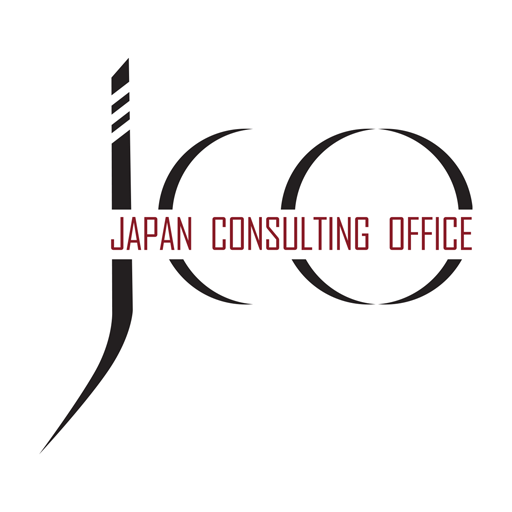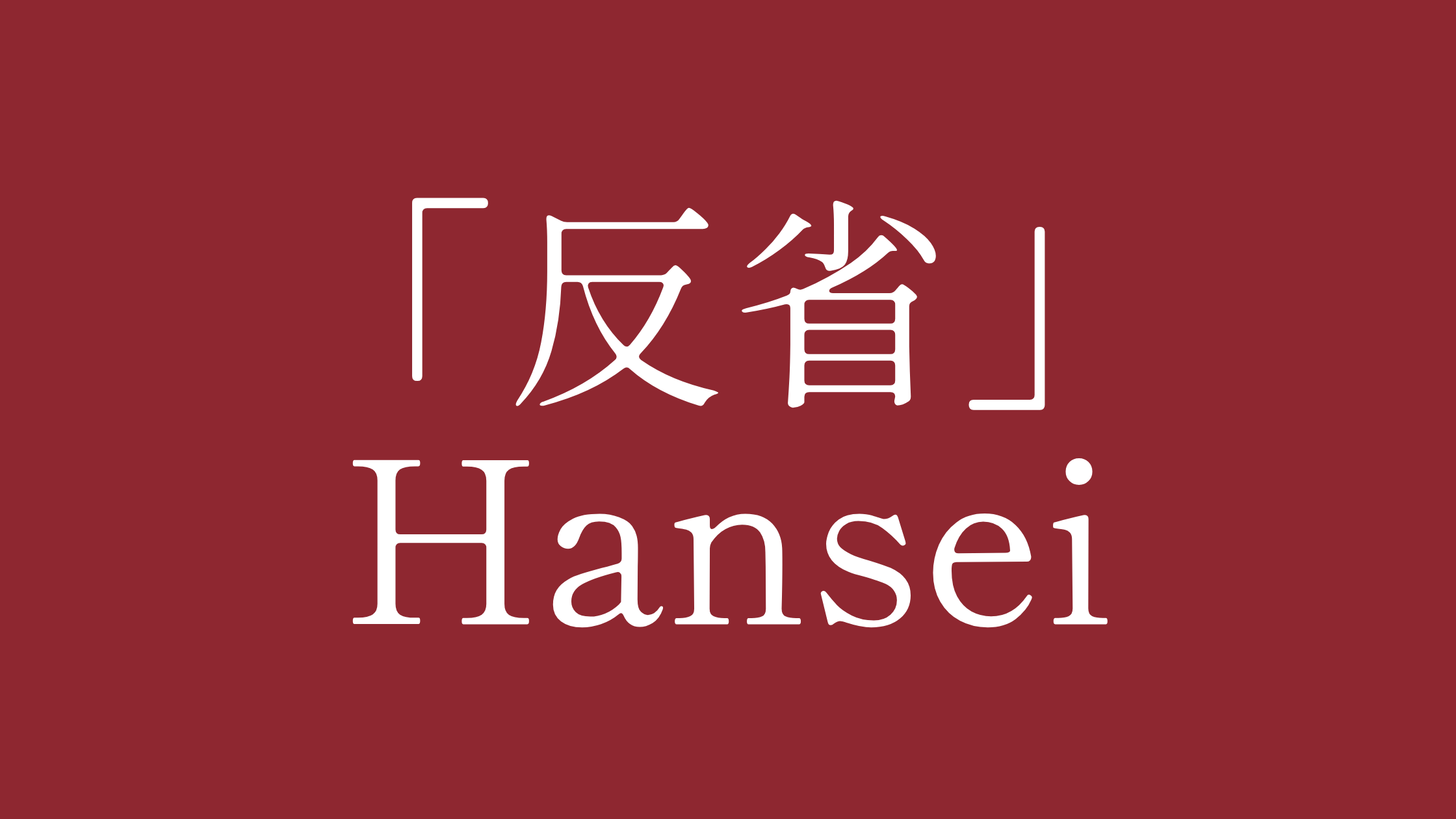
In this article we are going to tackle a comment by an experienced participant to an open seminar.
“I have been working at a Japanese company for quite some time now. So, I am used to being given targets that are often very high or even unrealistic.
But last time we were asked to achieve a 5 % reduction in procurement cost for a specific item. Thanks to our hard work (and also a bit of luck) we managed to already achieve this goal in the middle of the fiscal year. Yet, after our Japanese HQ was informed of this positive development, they simply raised the target to 10 % cost reduction.
That was very demotivating for all of us!“
Looking at this case from a Western perspective, commitment and achievement almost seem to be punished as the “screw is simply tightened even more” after a target is achieved. Let us analyse this approach which is rather common in Japan and that most Japanese would not find demotivating.
Keyword 1: „Kaizen“
As we have shown in prior articles, the Japanese are very detail-focussed and always strive towards improvement even in the little things.
Many of you will know the term “Kaizen” or even see it integrated into their own work processes. Kaizen refers to incremental improvement of a work or production method.
Of course, nothing is ever really perfect so Kaizen is a never-ending process.
For example, an already very low scrap rate in a Japanese factory is normally no reason for contentment but should rather be an incentive to try even harder for further reduction.
Keyword 2: „Senobi“
Another important Japanese word that is related to our case is “Senobi”.
Senobi could be translated as “trying to reach for something high while standing on one´s toes”.
From childhood Japanese are used to not being discouraged by high targets but rather to give their best in the face of seemingly unsurmountable odds.
At work, a tendency to set (often mid- and longterm) targets that are very high or even impossible to achieve can be observed.
Especially in more traditional Japanese companies these are more used as a "vision" rather than "binding objective". So, just because some goal seems unrealistic this will not deter anyone from trying to get as close as one can.
On the other hand, Western staff are usually more motivated by challenging yet realistic and attainable targets.
One example of this approach are of course "SMART" targets (namely, targets that are Specific, Measurable, Achievable, Relevant, and Time-Bound).
Theory and real life
Interestingly enough, in face-to-face talks sometimes Japanese managers will admit to there being two differing interpretations of a given target.
Besides the official, extremely challenging “Senobi” target, there is often a lower figure that will also be accepted if it is apparent that the person/team in charge gave their absolute best.
But for this lower outcome to be accepted, a clear and comprehensive record (in the form of reports etc.) is needed to prove that "everything had been tried to achieve the goal".
In summary
From a traditional Japanese point of view a target that can most likely be reached may not be very attractive as it does not include the “Senobi” aspect. The result might be seen as “low hanging fruit” that might end up preventing staff from reaching their full, possibly yet unknown potential.
In our case, the Japanese HQ might have been worried that not setting an even higher "milestone" after the first target was achieved might have a negative effect on everyone´s motivation and hence their commitment.
Of course, the majority of Japanese companies has long adopted a "management by objective" and KPI approach.
But truth be told, in Japan there still is a tendency to partially rate staff not only on the factual "result" but also on their "effort".
- In cases like these, it helps to be open to the Japanese approach because "you never know just how good you can be until you try!".
- At the same time, we advise keeping detailed records of what steps were taken to be able to prove the "effort" on your side.
- That being said, it is highly recommended to have an informal discussion with Japanese colleagues and management regarding the differences between the two types of "target setting". This way you can avoid using "the same words to refer to different things."
- To kickstart this discussion, why not share this JCO article on the same topic in Japanese with your expatriate colleagues?
Learn more about topics like these in our open workshops!





